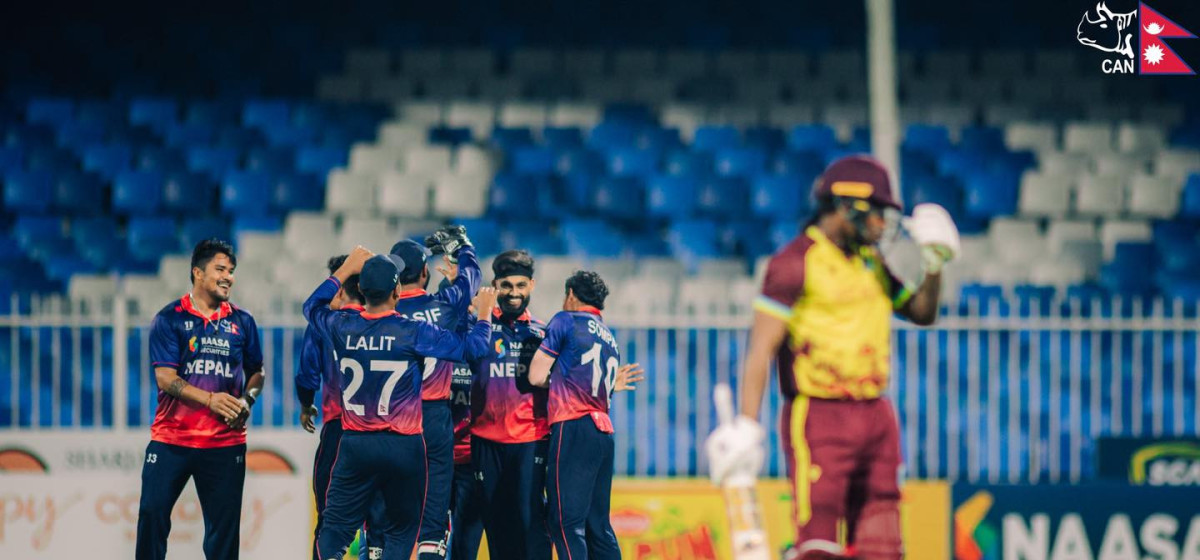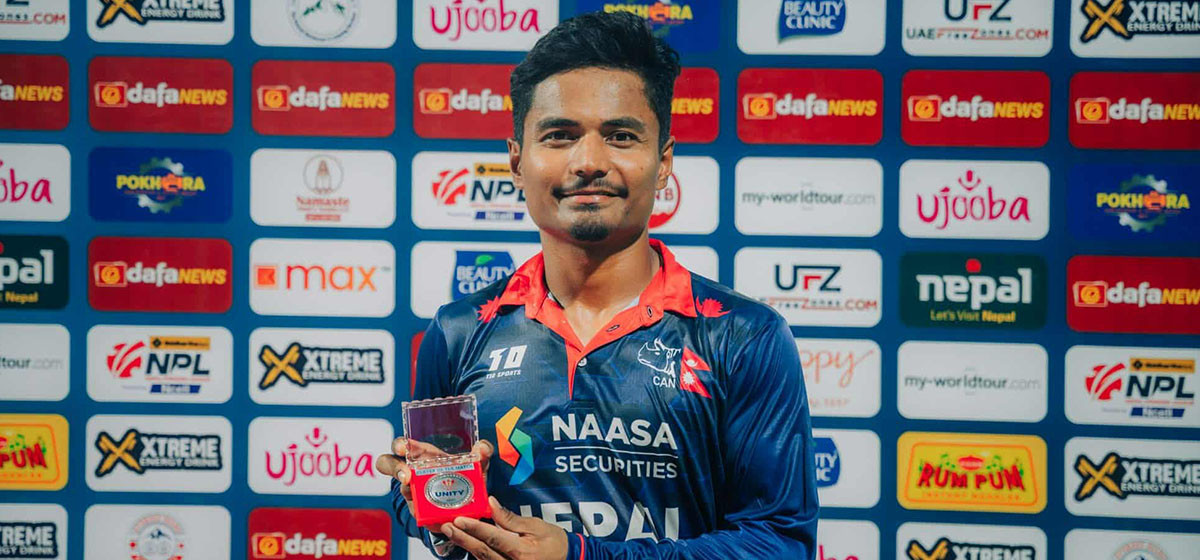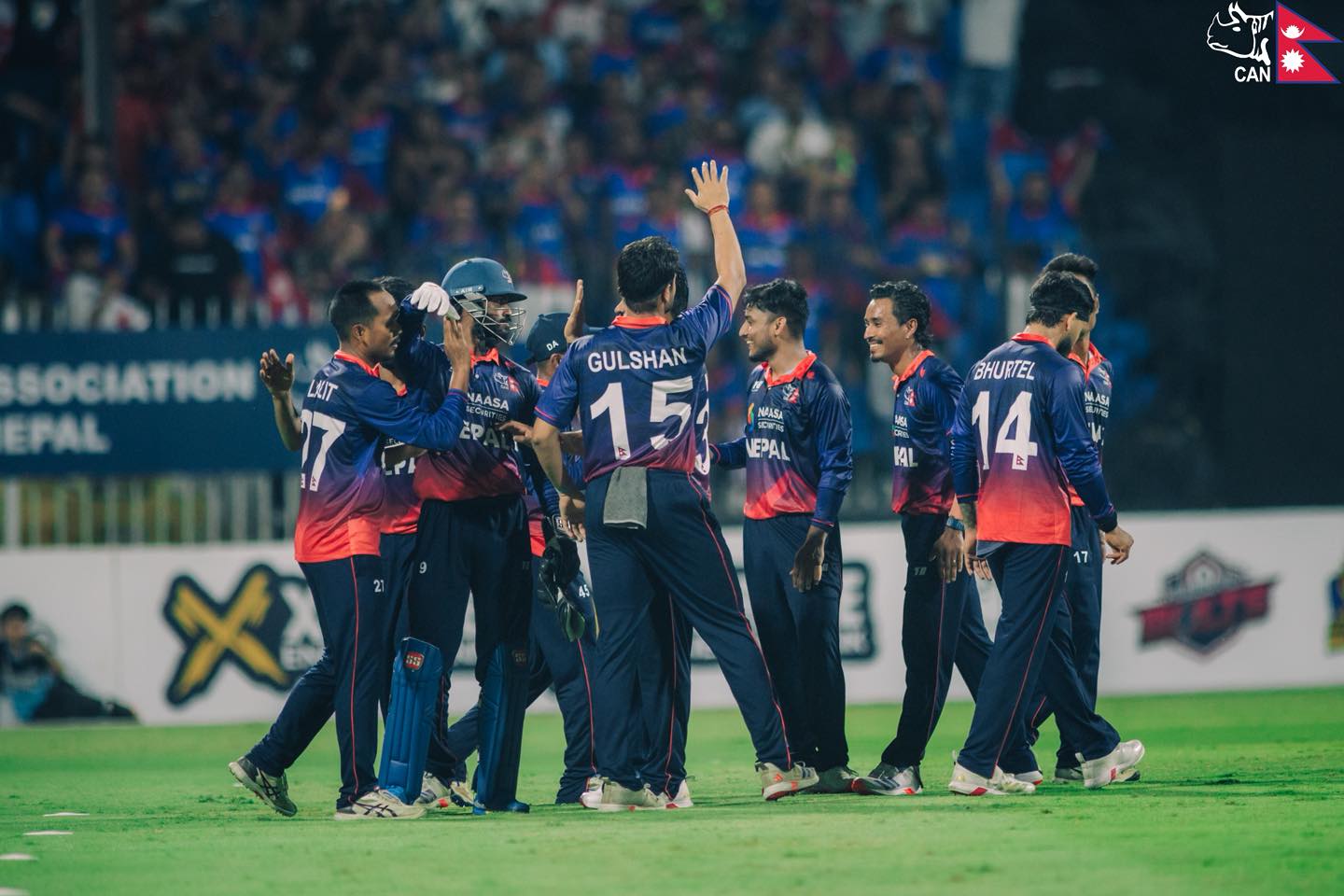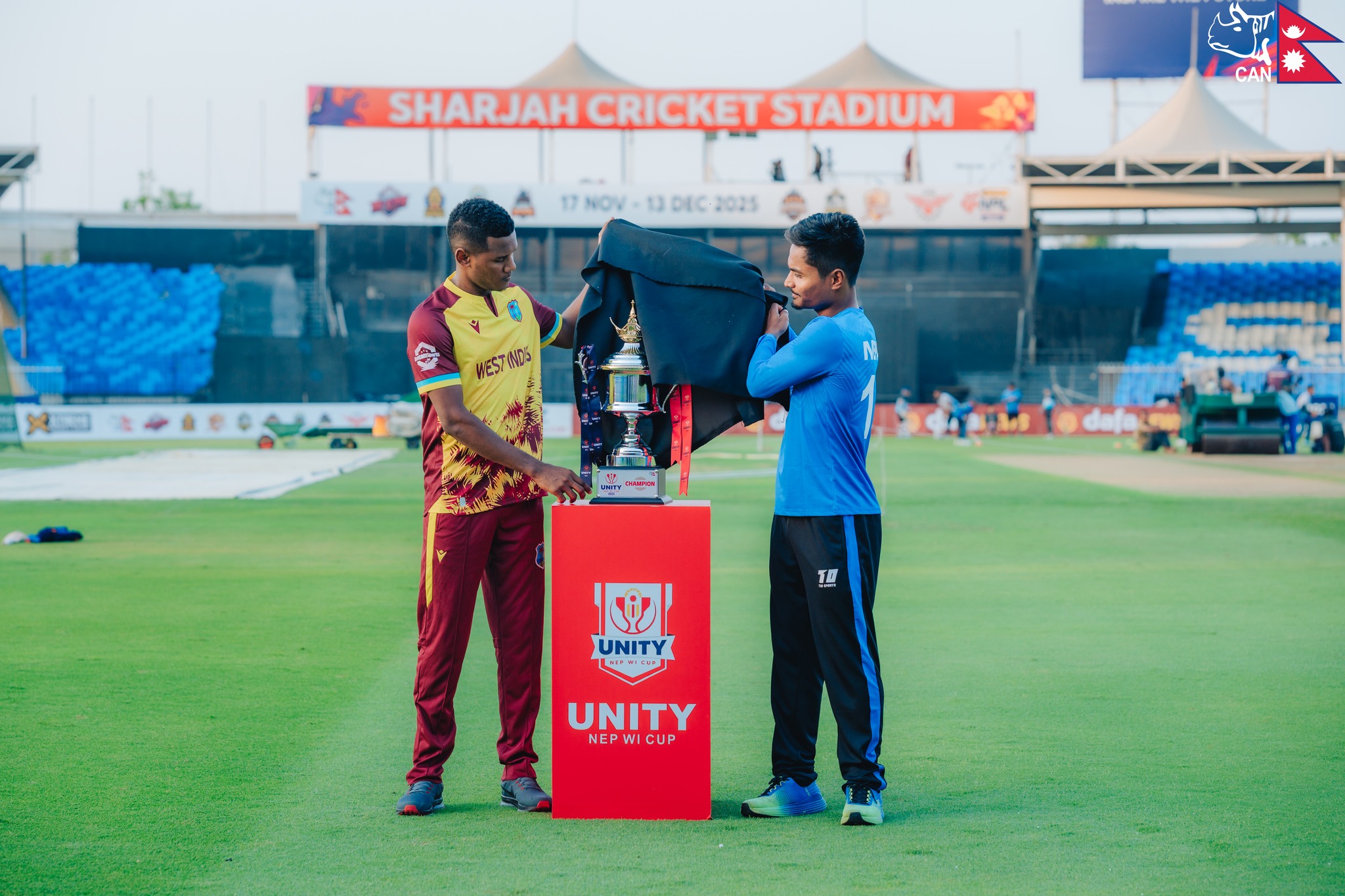Here in London, some of my friends who have travelled to Nepal tell me about how beautiful the nation is and how warm and welcoming are the people. But a few who have actually stayed there for some time pose difficult questions on why are we underdeveloped and poor. The question has occupied my mind for years, if not decades. Lack of engines of economic growth has trapped us in a vicious cycle of deprivation. How do we get those engines? Where do we begin?We remain at the margins as a nation state in a committee of nations, mostly because of multidimensional deprivation and underdevelopment. We are one of the most impoverished nations on earth. So why don't we transform? The explanation is that most of our people have been excluded from nation building. Irrespective of what political parties and their leaders say, it won't be farfetched to say that for most of our history, there has not been a single decade of stable 'democratic governance'.
The term democratic governance implies a dispensation where all peoples feel it is their government. It means that they do not have to travel for days to reach their representatives. It also means people can see their representatives with whom they share cultural and linguistic linkages; the one among us feeling. Decades of participatory democracy driven political stability has been an important underlying factor in prosperity of nations. This leads to development of robust institutions capable of governing with rule of law.
This is not to say genuine attempts were not made in Nepal. The B.P. Koirala-led government elected with overwhelming majority in 1959 had the potential to bring democracy to our doorsteps. Koirala had initiated land reform—which has been one of the main drivers of growth and development abroad—but the elite class and the monarch colluded to topple him.
Nepal, a nation with abundant natural resources, is also diverse with hundreds of languages and ethnicities. This has often been cited as a reason for conflict but then not many countries are homogeneous. Decades of state capture by certain ethnic groups who are in overwhelming numbers in political parties, bureaucracy, administration and judiciary has excluded almost half of our population. Tharus have been enslaved for decades and it has not been long that the Kamaiya system was abolished. Yet, the new provincial demarcation could not accommodate aspiration of these peoples who make up at least 7 percent of our population and are by far the most marginalized group.
They had to protest for days and few police officials had to sacrifice their lives before Kathmandu heard them. Such is the government we have had in Kathmandu; such is the disconnect between the unitary state and its people. The Madheshis too have been rendered second-tier citizens. Their language, customs and attire are anything but national symbols. Anything associated with the Madheshis is first Indian despite the fact that many have nothing to do with India except similarities in language.
The plight of Magars is no different. These three communities make up at least 40 percent of the population. But if we look at the representation of these groups in different political, administrative and judicial settings, they have been sidestepped. Even in the areas that are almost completely inhabited by Tharus, Madheshis and Magars have state representatives from elite communities.
I believe that explanation for our suboptimal performance as a nation and economy lie in exclusion where only certain ethnic groups held sway on state affairs. Their languages, cultures and rituals are national symbols and are identified as mainstream while all others are at the periphery.
The transition period, as it has been called in Nepal, spanning ten years, is over with the long and eagerly awaited constitution. The constitution proclaims Nepal as a republican, secular and an inclusive democracy. For over two centuries, the country had been a unitary state ruled by the Shah monarchs and their proxies. Nepal was a feudal and theological state marked by unequal relationships and exchanges, and it took a popular movement in 2006 with overwhelming support of diverse groups to overthrow monarchs.
The interim constitution 2007 came into being in order to dismantle the unequal power structure and usher democracy, federalism, good governance and inclusion. The constitution of 2015 was going to be an extension of the Interim Constitution. But a change in government in 2013 transformed the political dynamics and agendas. As a result, the new constitution, many believe, has been altered to suit and accommodate the sensibilities of the dominant elite groups, namely the Bahun and Chhetri men. Minorities like the Tharus, Madhesis, Dalits and even women are still unhappy.
While Kathmandu carried on with constitution drafting and voting, many areas, especially in southern plains which are home to Tharus and Madheshis saw violent protests. People defied prohibitory orders and even curfew to protest what they believed was unjust constitution with rather arbitrary demarcation. In many areas, the administration stopped people from protesting, citing law and order issues. The protests which led to over 40 deaths and injury for scores of others continue to this day. There have been strikes for over a month and a half but this did not convince Kathmandu to address the concerns of Tarai-Madhesh.
Many believe the government has not made sincere efforts to bring the Tharus and Madheshis on board. The otherwise cacophonic media and the civil society dominated by the men from certain groups have chosen to ignore this burning issue. There were few words of condemnation when people were being killed and the state in fact directed all its organs to celebrate the new charter. The army as well as the paramilitary forces didn't exercise restraint and often shot protestors dead even on slightest pretext.
The Constituent Assembly, which came into being after the toppling of monarchy, was a result of a popular movement which had support of people from all walks of life. The hope was a democratic society which could end historical marginalization of ethnic groups. The movement got overwhelming support because people wanted truly representative democracy which was transparent, inclusive and based on rule of law.
But this is perhaps not their cherished constitution. In fact the new constitution is no more than an extension of the traditional power structures in Nepal. The constitution should have been embraced by the whole country and the national leadership should have made every effort to bring disgruntled segments on board. Only this can provide lasting peace and social and economic transformation of one of the most impoverished societies in the world. The elite-dominated structures have not led to development and stability. It never will.
The author is a Chevening Scholar pursuing MSc in Political Economy of Development at SOAS, University of London
SAARC commemorates 40th Charter Day with renewed commitment to...





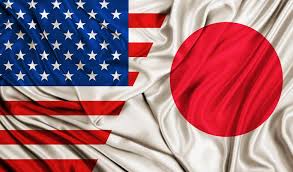
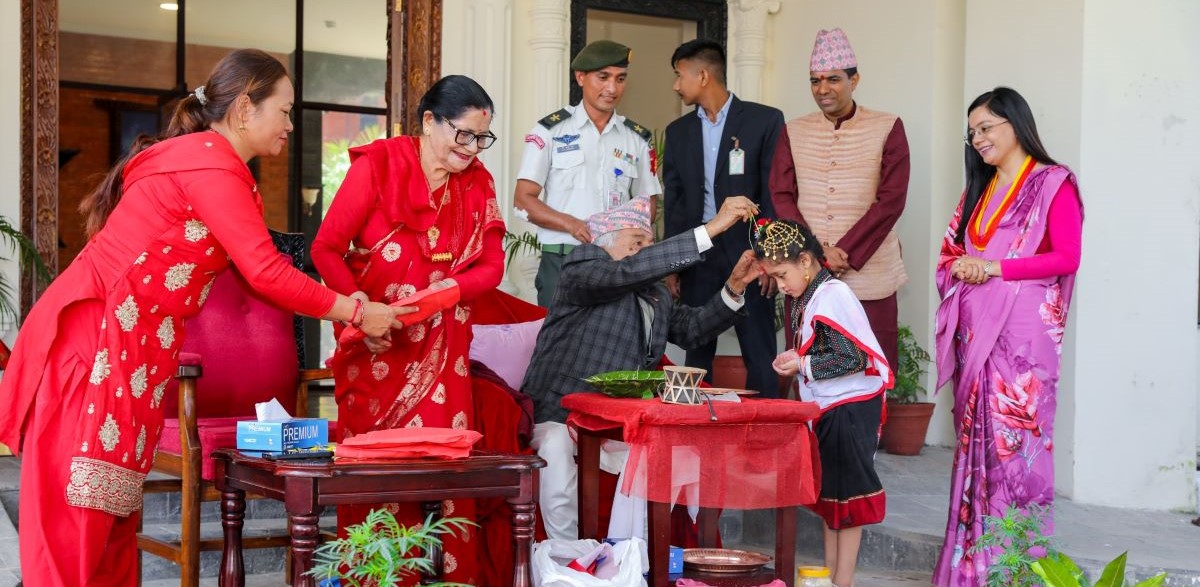


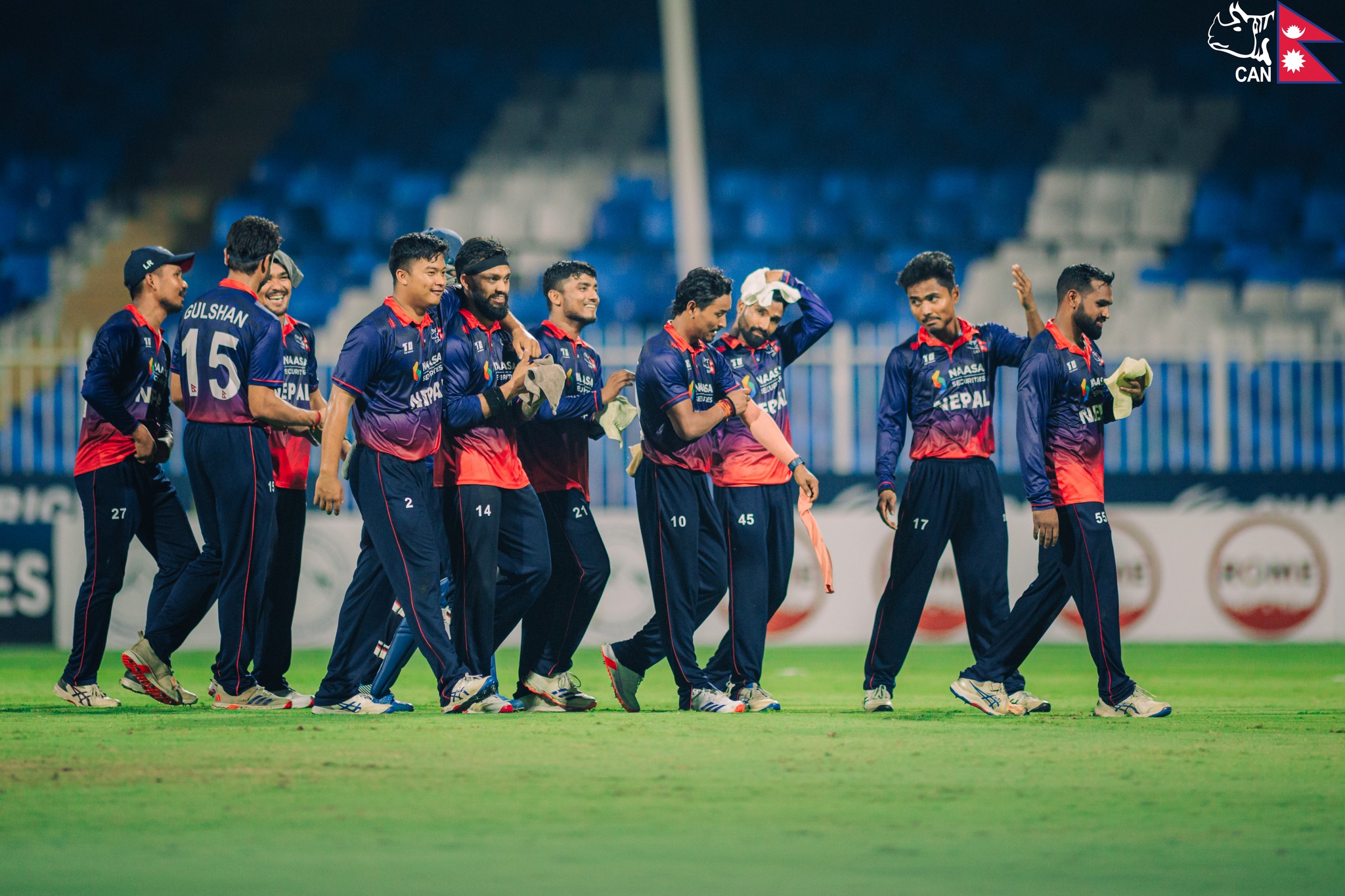








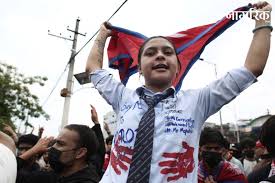
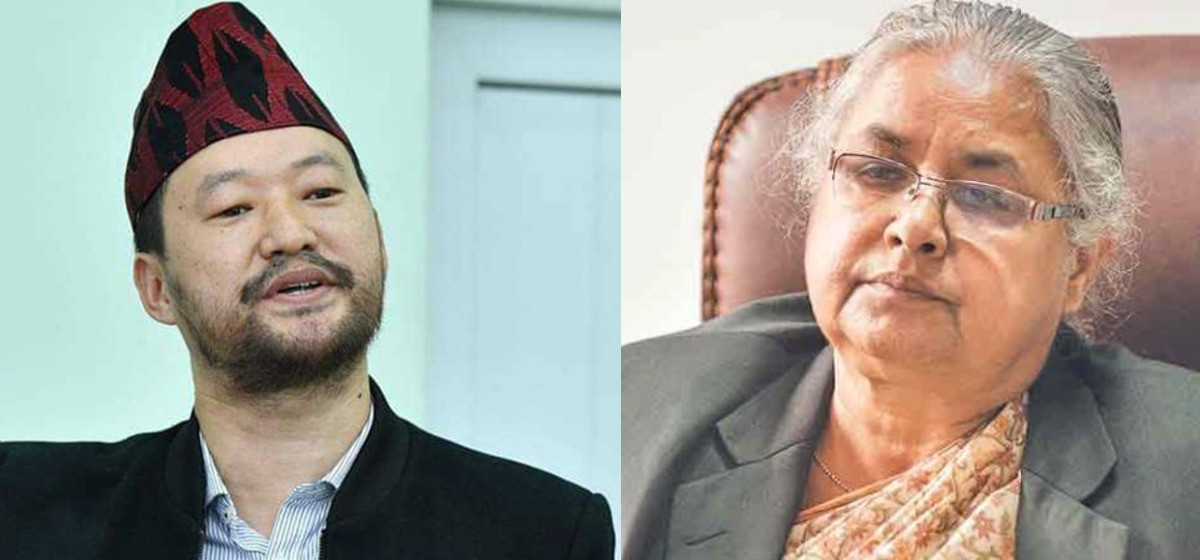
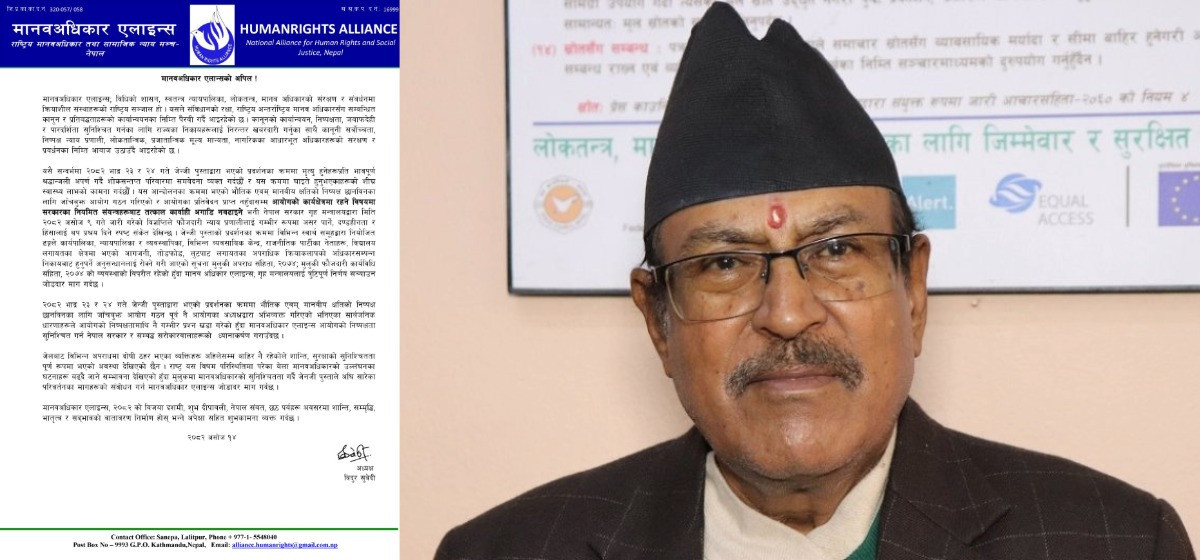

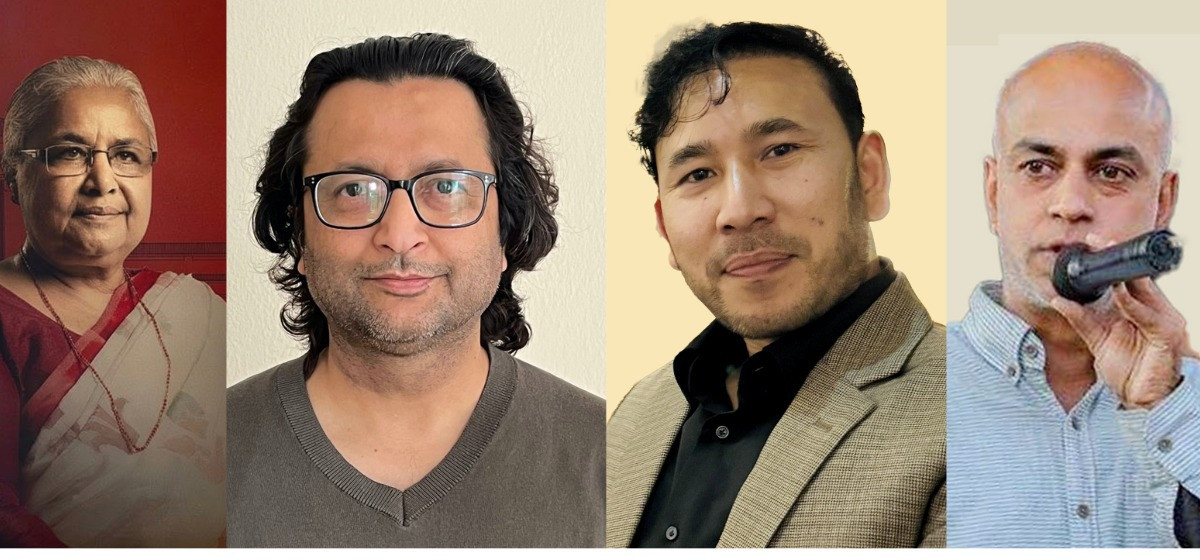


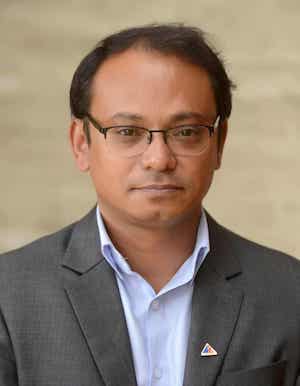



-1200x560_20240917101949.jpg)





